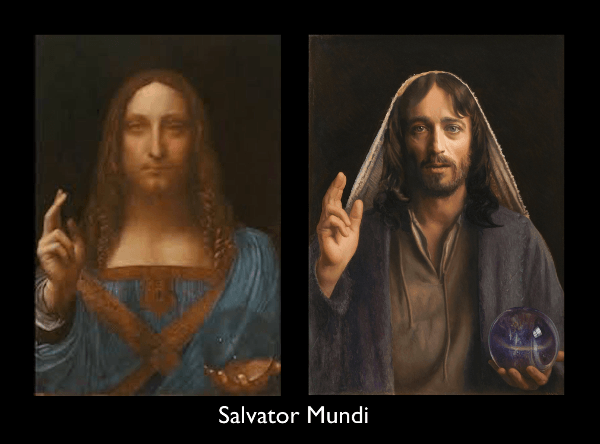Leonardo and Light
According to Mark Balma, Leonard Da Vinci was an innovator in the realm of painting, as well as his many other inventions. In the previous tradition before Leonardo, painters would start out with a toned ground or imprimatura to set the canvas tone somewhere between bright white and very dark. An artist could then base the applied lights and darks on that middle ground. However, Leonardo had another idea.
Instead building white on top of a colored wash, Leonardo wanted to take advantage of the light reflecting from the white canvas itself. This meant he needed more transparent layers in contrast to the opaque paints in common usage. To do this, Leonardo may have learned from the musical instrument makers of his time, who coated their lutes with protective transparent layers of varnish made with spike lavender, oils and resins. In similar fashion, Leonardo learned to make his paints more transparent so the light could pass through.
While other painters before Leonardo might use 2 or 3 layers of color, it was common for Leonardo to use 20 layers. This allowed for highly complex rendering of lights and shadows. For the previous artists who used only oil as their medium, 2 or 3 layers was the limit due to the thickness and yellowing of the oil.
For artists today who wish to paint in a more transparent style, Leonardo’s use of walnut oil, spike lavender and a resin offers a great way to produce beautiful paintings.
image: Leonardo da Vinci’s Salvatore Mundi, and Mark Balma’s painting inspired by Leonardo’s technique.
For more information, visit this page about Mark Balma’s work.




